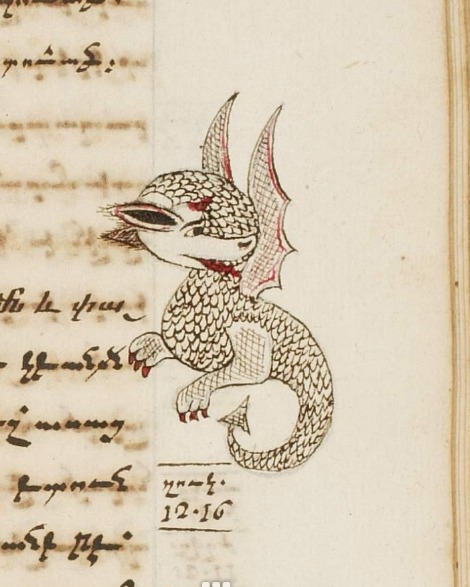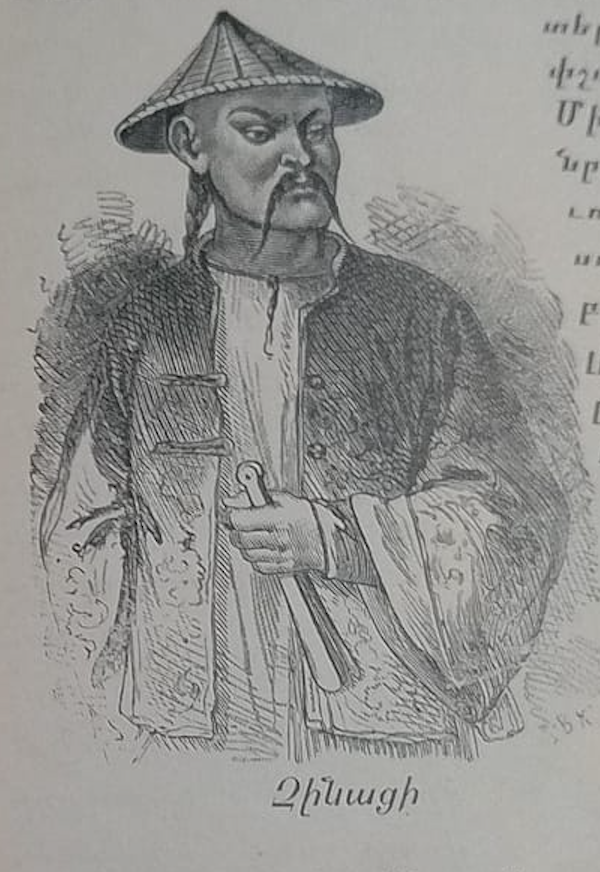
Vishapaqar Dragon-stones: distinct monuments of Armenian culture
A vishapakar or vishapaqar (Armenian: Վիշապաքար), also known as vishap-stones, vishap-stelae, serpent-stones, dragon-stones, are characteristic monoliths found in considerable numbers in the Armenian Highlands, at or within natural and artificial ponds, and other sources of water. They are commonly carved from one solid piece of stone into upright standing (sometimes horizontal) cigar-like shapes with fish heads or serpents. Supposedly they are images of vishaps; a water dragon derived from ancient Armenian folklore. There are about 150 known extant vishap stelae, of which 90 are found in Armenia.
Three main types of vishap-stones are known so far: 1. Bull form (square, thick plate form, the front is mainly a bull’s head and fallen down limbs image) 2. Fish form (oval, carved in the shape of the fish, contains features unique to the fish anatomy) 3. Fish-Bull Form (includes both motifs).
As for the function of those mysterious monuments, they were most likely employed in ceremonies and rituals dedicated to worshiping natural sources. Scientists have linked the dragon-stones to the local beliefs and ideas of fertility and water worship. Almost all the Vishaps were discovered and excavated in locations related to mountain springs or canals. Similarly, there were advanced irrigation systems found by Ashkharbek Kalantar at Mount Aragats, the Tokhmakagan backwaters of the Gegham mountains, Artanish Bay, and near Gemerzek settlements.
It’s worth mentioning that Armenian dragon-stones are comparable and can be thoroughly explored within the historical framework of various megaliths, primarily found in the North Caucasus, Europe, and even Northern Mongolia.









